How To Lose Hip Fat Naturally: 12 Proven At-Home Methods
Find out how you can effectively shed the flab and get toned hips that don't lie.

Image: Shutterstock
It’s hip to have a generous, shapely hip! But, it may not be your cup of tea. Want to know how to lose excess hip fat? First, remember that the fat in your hips is an advantage during pregnancy. But after a certain age, whether you are pregnant or not, you may become prone to gaining fat around your hips, depending on your body type (1).
The downside of this is cellulite (excess fat accumulation causing the skin to appear like orange peel). In fact, it is a sign of an unhealthy lifestyle and food habits too. You must change that right now!
Excess hip fat is caused by a variety of factors, including diet, genetics, and lifestyle habits. Genetics may also play a role. Here are some expert reviews on how to reduce hip fat. Dr. Gabriela Rodríguez Ru, MD, PhD, FACS, a board-certified bariatric surgeon, says, “Individuals who possess certain body shapes tend to store more fat in their hips than others. Additionally, sedentary lifestyles that involve little physical activity can contribute to fatty hips, as this lack of exercise can lead to a decrease in muscle mass and an increase in fat.”
“To reduce fatty hips, individuals should focus on eating a balanced diet of whole foods, regularly engaging in physical activity such as cardio and strength training exercises, and maintaining a healthy weight.”
She adds, “Additionally, lifestyle modifications, such as reducing stress levels and getting adequate sleep, can also help minimize excess fat in the hip area.”
Firm and round buttocks are not only aesthetically pleasing but also improve posture and support the core. Keep reading to learn some ways to shed the excess fat from your hips and prevent it from sagging. Scroll down!
In This Article
Hip Fat Causes
Excess fat accumulation around the hips can occur due to various factors, including (2):

1. Genetics: Genetic predisposition often determines how and where your body stores fat. In some people, excess fat naturally accumulates in the hip and thigh areas.
2. Hormones: Hormonal changes in women can lead to fat storage around the hips and thighs, especially during puberty, pregnancy, and menopause.
3. Sedentary Lifestyle: Lack of physical activity can contribute to weight gain and hip fat.
4. Unhealthy Diet: Excess intake of calories, sugars, and unhealthy fats increases the likelihood of uncontrolled fat gain and accumulation of fat around the hips.
5. Stress: Chronic stress may lead to hormonal imbalance, and particularly an increase in cortisol (the stress hormone). This can lead to fat accumulation around the abdomen and hips.
Understanding the causes of excess hip fat equips us with ways to shed it. In the following section, we discuss the various ways you can shed that stubborn hip fat. Continue reading.
Key Takeaways
- Watching the food intake and drinking at least 3 liters of water is the first step towards reducing hip fat.
- Always prefer drinks that enhance metabolism and induce fat loss.
- Two cups of green or black coffee can also help weight loss and reduce hip fat.
- Exercise regularly along with consuming a balanced diet and proper hydration to reduce hip fat.
How To Shed Hip Fat Naturally At Home
1. Calories Count
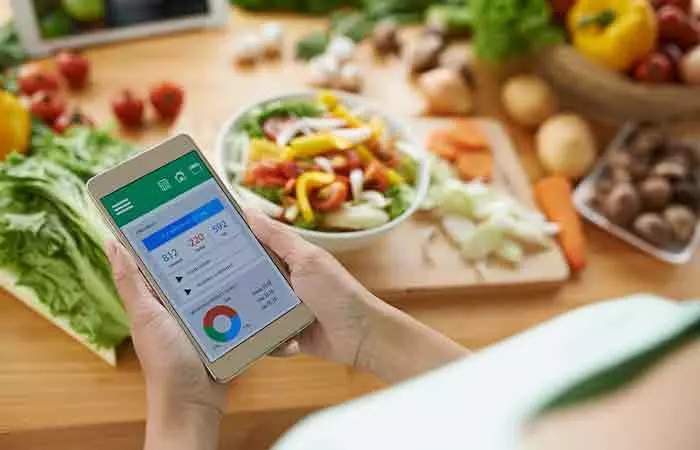
If you think you can spot reduce the excess fat from your hips, unfortunately, you are wrong. You must aim at shedding the excess fat from your body and then look at ways to spot reduce the hip fat.
Calorie counting may be a pain, and if you are not comfortable with it, avoid it. However, you can always make a smart guess at what kind of foods you must avoid to prevent consuming too many calories.
Have raw veggies and fruits and drink green tea and herbal tea. Avoid sugary and high-sodium foods, fried foods, ketchup, and packaged fruit juices.
2. Drink Like A Fish

Keeping yourself hydrated is the best way to flush out toxins and boost your metabolism (3).
Drink at least 3 liters of water every day to see visible changes in your body weight, skin, and brain function. You can also add herbs and spices like cinnamon to your water to make the taste more appealing.
3. Start Your Day With Lemon Water

Lemon water is a well-known fat mobilizer. The vitamin C in the lemon helps boost immunity and scavenges the harmful free oxygen radicals (4). It also helps balance the internal pH and kick-starts metabolism. Here’s how you can prepare lemon water.
How To Make Lemon Water
Add the juice of half a lemon to a glass of room-temperature water. You can add a teaspoon of honey if it is too sour for your taste. Stir well and drink up.
 Quick Tip
Quick Tip4. Or Start Your Day With ACV
ACV or apple cider vinegar is a great substitute for lemon or lime. It is natural and is known to have promoted weight loss in many dieters. Scientists have also found that ACV is a potent obesity inhibitor and can help reduce the risk of heart disease (5). It is most effective when taken 30 minutes before a meal. Follow the method mentioned below to use it.
Note: Avoid ACV if you have acidity issues.
How To Use ACV To Cut Excess Hip Fat
Method 1
– Add a teaspoon of apple cider vinegar to a glass of room temperature water. You can also add a teaspoon of honey to it. Stir well and drink it first thing in the morning.
Method 2 – Soak two teaspoons of fenugreek seeds overnight in a glass of water. Strain it in the morning, add ACV, and drink.
5. Use Sea Salt
Did you know that constipation and a poor digestive system can make you gain weight and prevent the normal functioning of the cells and organs (6)? The colon or large intestine should be clean to keep your digestion fine and metabolism firing.
Drinking only water may not work for you if you experience constipation regularly. You can use sea salt to cleanse your system. The vital minerals in the sea salt act as a laxativei Compounds that help increase stool motility, bulk, and frequency, thus relieving constipation. , cleanse the colon, and improve digestion. Use unrefined sea salt for the best benefits. Here’s how you can prepare a sea salt solution.
Note: Avoid using sea salt if you have hypertensioni High blood pressure levels. , kidney, or liver problems.
How To Make Sea Salt Solution For Weight Loss
Method 1
– Add two level teaspoons of unrefined sea salt to a glass of warm water. Stir and drink it first thing in the morning.
Method 2 – Add the juice of half a lime to the sea salt solution and drink it on an empty stomach.
How Often To Use Sea Salt For Weight Loss
Use it every day for a week. Drink a glass of sea salt solution first thing in the morning.
6. Coffee To Whittle The Excess Flab
Black coffee or coffee without sugar or any cream can help you shed the extra pounds. Coffee helps suppress appetite and makes you feel full (7).
Drink a cup of black coffee 30 minutes before any meal for the best results. If you are not a fan of caffeine, you can opt for green coffee, which has very little caffeine and is loaded with chlorogenic acid that boosts metabolismi Process by which the body changes food and drinks into energy. and prevents fat absorption.
Drink two cups of black coffee, along with 3-4 liters of water, to lose weight without putting in too much effort. You may also try green coffee for weight loss.
7. Include Healthy Fats In Your Diet
Not all fats are bad. Healthy fats help maintain cell integrity and aid the proper functioning of various organs and biochemical reactions. They have anti-inflammatory properties that help reduce the constant state of inflammation or stress, thereby lowering the chances of inflammation-induced weight gain (8).
Include coconut oil, clarified butter (ghee), almonds, macadamia nuts, walnuts, sunflower seeds, flax seeds, chia seeds, sunflower butter, rice bran oil, olive oil, melon seeds, and pumpkin seeds in your diet. Make sure you practice portion control or check the serving size as consuming them in excess may do more harm than good.
8. Eat Healthy
Eating healthy is not expensive if you know what you need and where to find it. Restock your fridge and kitchen with healthy foods like veggies, fruits, herbs, spices, healthy fats, full-fat milk, full-fat yogurt, and lean protein (9), (10). Make sure you don’t buy any processed foods like salami, sausage, frozen foods, and potato wafers.
Have five different types of veggies and space it out in three servings. Have three different types of fruits and space it out in three servings. Avoid using packaged sauces and canned or ready-to-eat foods. Where can you find the healthy stuff? Try the local vegetable market or supermarket. Avoid going to the “junk food” aisle at the supermarket.
Vix, a blogger, shares her journey of making small, sustainable changes to her diet and lifestyle to regain her health and prevent weight gain. She reduced snacking, changed her drinking habits, and opted for healthier meal choices. These changes led to a decrease in her BMI and toned her waist. She adds, “Since I started eating more healthily my BMI has gone from 22.26 to 20.56, my waist is back to the size it was in my 30s (i).”
9. Try Green Tea
Green tea is loaded with antioxidantsi Compounds that protect the cells from the damage caused by free radicals, preventing or delaying many diseases. (11). It contains epigallocatechin gallate (EGCG), a potent antioxidant that helps flush out toxins and kick-start metabolism, improves digestion, increases satiety, and keeps you energetic the entire day.
Drink green tea or matcha green tea without adding any sugar or cream. Avoid flavored green tea as it contains added sugar and flavor to make it more palatable, and it is not as effective as pure green tea. Drink 4-5 cups of green tea per day. You may also try herbal slimming teas for weight loss.
10. Reduce Snacking
We all love to snack, but it becomes a problem when you snack on unhealthy foods every hour. Snacking on chips, wafers, or chocolate will make you gain weight and halt your weight loss journey, no matter how much you exercise.
Tweak your snacking foods – have cucumber, carrot, hummus, freshly pressed fruit juices, peach, guava, grilled sweet potato, or sprouts. Also, avoid late-night snacking.
11. Get Good Rest
Resting prevents the body from collapsing – meaning, without enough rest, your muscles will not recover from the daily wear and tear. Sleep deprivation can slow down your metabolism and make you gain excess fat in the lower body (12).
Sleep for at least 7-8 hours. Wait for two hours after dinner before going to bed. Use a soothing room freshener to help you sleep better. You can also use a foot soak or take a shower before you go to bed.
Also, set some time aside for unwinding – read a book, watch your favorite series, listen to music that you like, hit the gym, or talk to your friend.
12. Put The Lazy Bum To Work!
Sitting on your bum too much? Then, you must get up and work it out. Here are a few effective exercises to reduce hip fat that you can do at home at your convenience. Make sure you do at least 3 sets of 15 reps, take 30 seconds rest between each set, and breathe in and out while doing these exercises. Here are two effective exercises to lose excess hip fat that help bring your buttocks back in shape.
- Standing Cross Kick

Step 1 – Stand straight with your feet shoulder-width apart. Raise your arms to your side. Your palms must be facing the floor.
Step 2 – Lift your right leg and kick it up in the air on your left side. Simultaneously, bring your left palm near your right foot as if you are trying to touch it. You can support your body on the balls of your left foot.
Step 3 – Swing your right foot back in place. Lift your left leg, kick it up, and try to touch the right palm.
Step 4 – Do this at medium speed for 3 sets and 15 reps.
 Quick Tip
Quick Tip- Kick Back
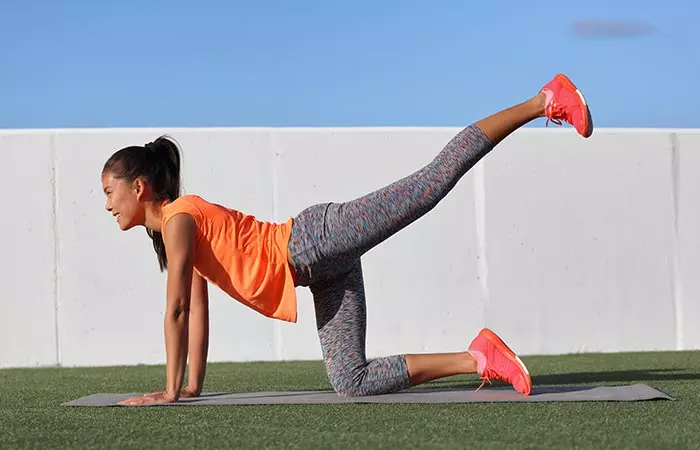
Step 1 – Assume the Cat Pose on the mat. Keep your palms flat on the floor, arms shoulder-width apart, and spine neutral.
Step 2 – Lift your right leg and extend it at the back with the toes pointing out.
Step 3 – Supporting your body on your palm and left knee, kick your right leg up and slowly lower it. Repeat this 15 times.
Step 4 – Bring your right leg down. Lift your left leg off the floor, extend it behind you, and kick it up. Repeat this 15 times.
Step 5 – Do this at medium speed for 3 sets and 15 reps.
Here are a few more glute exercises to mobilize mobilize the excess hip fat. You must warm-up and cool off before and after exercising to prevent injuries. You can also brisk walk, run, swim, dance, play a sport, or go kayaking to make your workout more exciting.
However, one thing you should be aware of is that it is not possible to lose fat in a single area of the body. Yes, you read it right. Read the next section to learn more.
Understanding The Spot Reduction Myth
Spot reduction is the idea that you can lose fat in specific areas of your body, like the hips, by targeting those areas or muscle groups with certain exercises. However, this is a myth because the body does not burn fat in just one area. When you exercise, your body loses fat from all over, not just one part, irrespective of which exercise you add to your workout routine.
You need a combination of a healthy diet and regular exercise to effectively reduce fat, including around the hips. Incorporating cardio and strength training into your routine will help you burn calories and promote balanced fat loss. Instead of trying to target specific areas, it is more effective to focus on full-body workouts and maintain a balanced diet to achieve your fitness goals.
While spot reduction is a myth, focusing on consistent exercise, proper nutrition, and lifestyle changes can contribute to overall fat loss. Scroll down to know more.
Practical Tips For Losing Excess Hip Fat
- Drink two to three liters of water a day to stay hydrated.
- Limit the intake of processed and sugary foods by cutting back on soda, junk food, and refined carbohydrates.
- Eat more protein and fiber to increase your metabolism and feel fuller for longer.
- Walk during phone conversations, use the stairs whenever possible, or engage in desk exercises. These small adjustments can all help you stay active throughout the day.
- Manage stress because high stress levels can increase fat storage around the hips. Practice deep breathing or meditation.
Infographic: What Leads To Accumulation Of Hip Fat
Hip fat is the most stubborn fat to lose. Thus, one should monitor the factors that may lead to hip fat accumulation to avoid it. The following infographic provides information about the same. Check it out!
Some thing wrong with infographic shortcode. please verify shortcode syntax
Unhealthy food habits and a sedentary lifestyle can all lead to excess fat accumulation in and around your hips. Making lifestyle and diet changes and following the exercises mentioned above can help you see a difference over time. Simple, easy, and effective, these exercises don’t need any special equipment to follow. These not only help lose stubborn fat but also strengthen and tone your hip muscles. Keeping yourself well-hydrated, avoiding junk and salty snacks, including green tea, and apple cider vinegar in your healthcare routine would help get your hips back in their best shape and form over time, promoting overall wellness.
Frequently Asked Questions
Can walking reduce hip fat?
Yes, walking can help reduce hip fat. Walking is a low-impact form of exercise that is easy on the joints and can be done almost anywhere. Dr. Rodríguez Ruiz adds, “When combined with a healthy diet and other forms of physical activity, such as strength training, walking can help to burn calories and promote overall body fat loss. To get the most out of your walks, aim for 30 minutes every day at a brisk pace and then gradually increase the intensity and duration as you get stronger.”
How long does it take to reduce hip fat?
This depends on many factors, such as your current weight and activity level, diet, genetics, and lifestyle habits. Dr. Rodríguez Ruiz adds, “Generally speaking, it can take anywhere from several weeks to several months to reduce hip fat. However, with consistency and dedication, the results will be worth the effort.” Incorporating cardio exercises for weight loss into your weekly workout routine may help you burn calories and improve overall fat loss.
Do squats reduce hip fat?
While you cannot reduce fat from any particular spot on your body, squats make for good exercise to burn fat and build muscle mass. This would eventually lead to a more sculpted thigh and hip appearance.
Do lunges reduce hip fat?
Lunges are also a fat-burning exercise that can be done anywhere any time. When done correctly, these could be effective in shaping your thighs and hips.
Illustration: Ways To Lose Excess Hip Fat Naturally At Home

Image: Dall·E/StyleCraze Design Team
Lose hip fat from home with no equipment! Check out this video to learn simple exercises and tips to help you slim down your hips and get the body you want.
Personal Experience: Source
StyleCraze's articles are interwoven with authentic personal narratives that provide depth and resonance to our content. Below are the sources of the personal accounts referenced in this article.
i. How the waist was won – reclaiming my figure after 50https://vintagevixon.blogspot.com/2017/04/how-waist-was-won.html
References
Articles on StyleCraze are backed by verified information from peer-reviewed and academic research papers, reputed organizations, research institutions, and medical associations to ensure accuracy and relevance. Read our editorial policy to learn more.
- Sex differences in human adipose tissues – the biology of pear shape, Biology of Sex Differences, US Library of Medicine, National Institutes of Health.
https://www.ncbi.nlm.nih.gov/pmc/articles/PMC3411490/
- Why Do Men Accumulate Abdominal Visceral Fat?
https://www.ncbi.nlm.nih.gov/pmc/articles/PMC6906176/
- Water, Hydration and Health, Nutr Rev, US Library of Medicine, National Institutes of Health.
https://www.ncbi.nlm.nih.gov/pmc/articles/PMC2908954/ - Vitamin C and Immune Function, Nutrients, US Library of Medicine, National Institutes of Health.
https://pubmed.ncbi.nlm.nih.gov/29099763/ - Apple Cider Vinegar Attenuates Oxidative Stress and Reduces the Risk of Obesity in High-Fat-Fed Male Wistar Rats, Journal of Medicinal Food, US National Library of Medicine, National Institutes of Health.
https://pubmed.ncbi.nlm.nih.gov/29091513/ - Constipation and obesity: a statistical analysis, Bollettino della Società italiana di biologia sperimentale, US National Library of Medicine, National Institutes of Health.
https://pubmed.ncbi.nlm.nih.gov/7337751/ - Coffee, hunger, and peptide YY, Journal of the American College of Nutrition, US National Library of Medicine, National Institutes of Health.
https://pubmed.ncbi.nlm.nih.gov/23204152/ - The Science of Fatty Acids and Inflammation, Advances in Nutrition, US National Library of Medicine, National Institutes of Health.
https://www.ncbi.nlm.nih.gov/pmc/articles/PMC4424767/ - Increased vegetable and fruit consumption during weight loss effort correlates with increased weight and fat loss, Nutrition & Diabetes, US National Library of Medicine, National Institutes of Health.
https://www.ncbi.nlm.nih.gov/pmc/articles/PMC3488810/ - The role of protein in weight loss and maintenance, The American Journal of Clinical Nutrition, US National Library of Medicine, National Institutes of Health.
https://pubmed.ncbi.nlm.nih.gov/25926512/ - Antioxidant effects of green tea, Molecular Nutrition & Food Research, US National Library of Medicine, National Institutes of Health.
https://www.ncbi.nlm.nih.gov/pmc/articles/PMC3679539/ - Sleep deprivation and obesity in adults: a brief narrative review, BMJ Open Sport – Exercise Medicine, US National Library of Medicine, National Institutes of Health.
https://www.ncbi.nlm.nih.gov/pmc/articles/PMC6196958/
Read full bio of Madhu Sharma
- Dr. Gabriela Rodríguez Ruiz, MD, PhD, FACS, is a board-certified bariatric surgeon with 10 years of experience in general and laparoscopic bariatric surgery. She is a Fellow of the American College of Surgeons and has performed over 5,000 weight loss surgery procedures. She holds a Metabolic & Bariatric Surgery Board Certificate, General Surgery Board Certificate, and a Mexican Medical License.
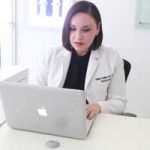 Dr. Gabriela Rodríguez Ruiz, MD, PhD, FACS, is a board-certified bariatric surgeon with 10 years of experience in general and laparoscopic bariatric surgery. She is a Fellow of the American College of Surgeons and has performed over 5,000 weight loss surgery procedures. She holds a Metabolic & Bariatric Surgery Board Certificate, General Surgery Board Certificate, and a Mexican Medical License.
Dr. Gabriela Rodríguez Ruiz, MD, PhD, FACS, is a board-certified bariatric surgeon with 10 years of experience in general and laparoscopic bariatric surgery. She is a Fellow of the American College of Surgeons and has performed over 5,000 weight loss surgery procedures. She holds a Metabolic & Bariatric Surgery Board Certificate, General Surgery Board Certificate, and a Mexican Medical License.
Read full bio of Ravi Teja Tadimalla
Read full bio of Sindhu Koganti










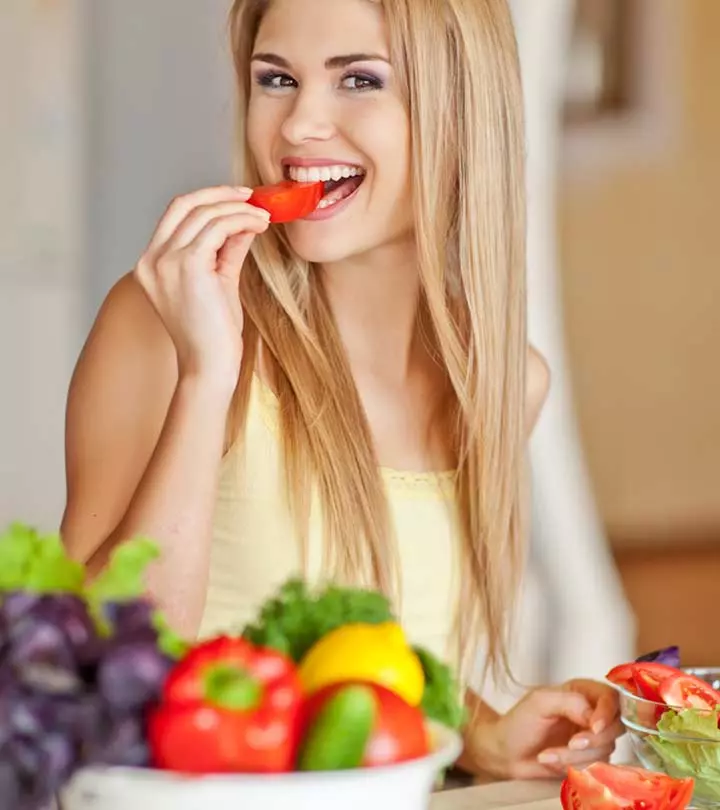


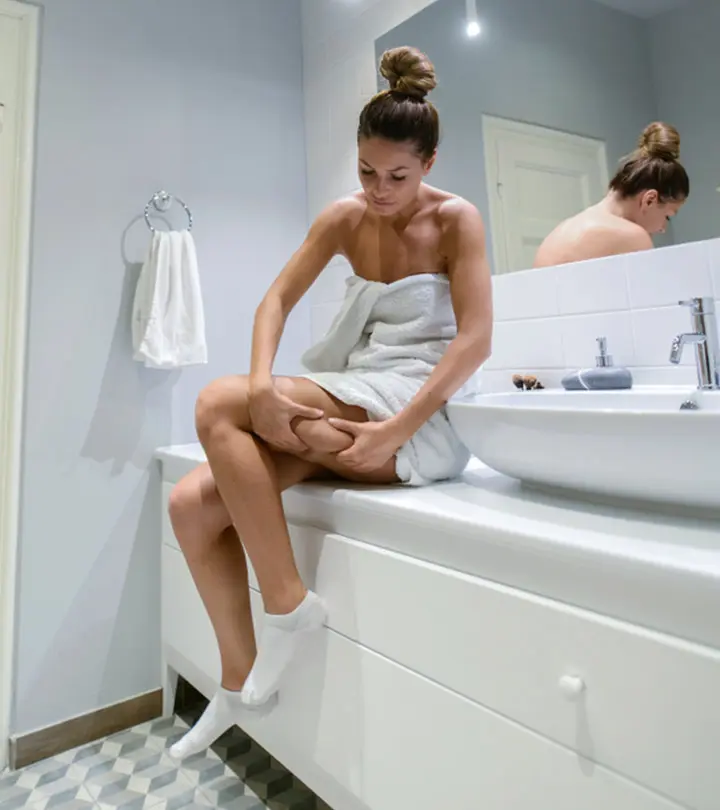







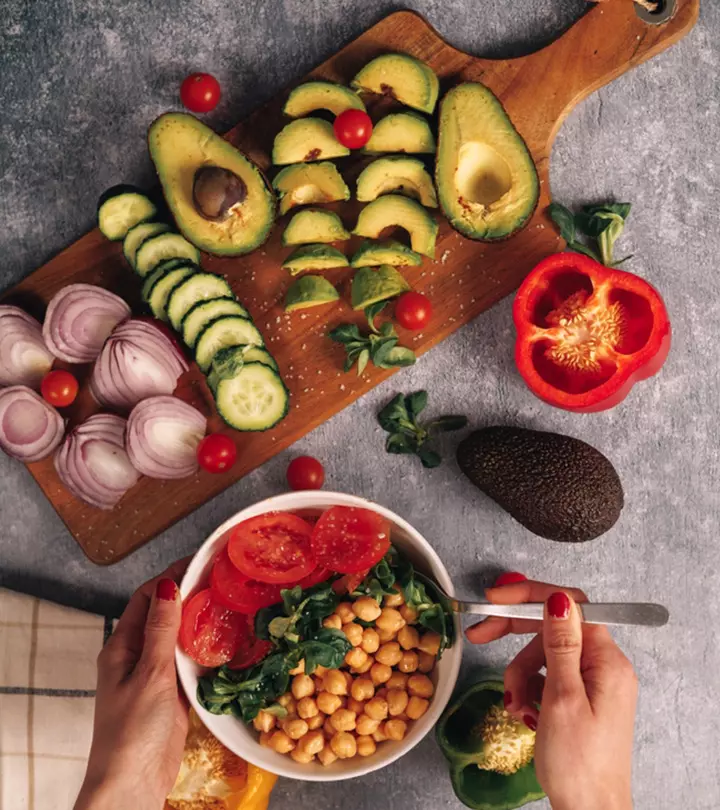
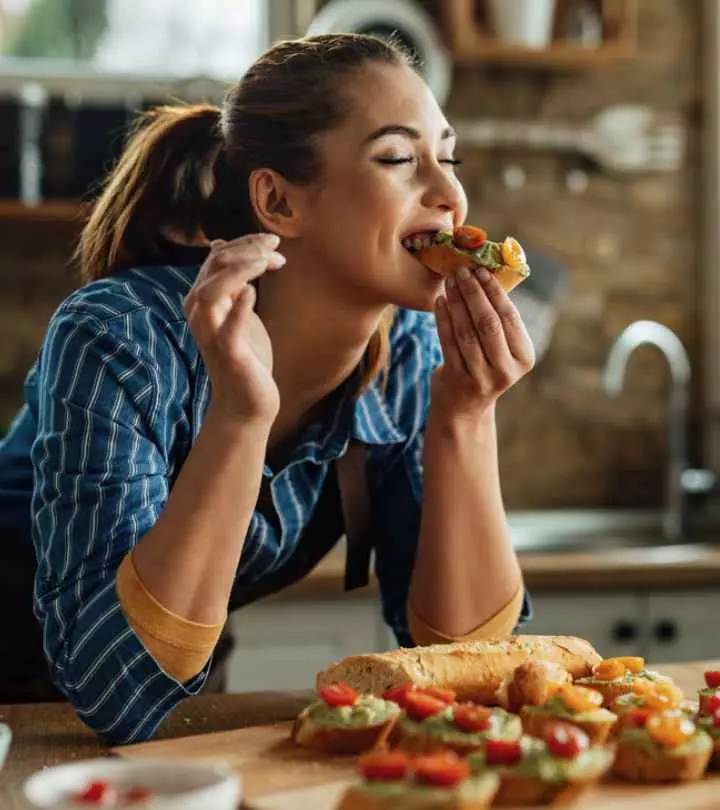


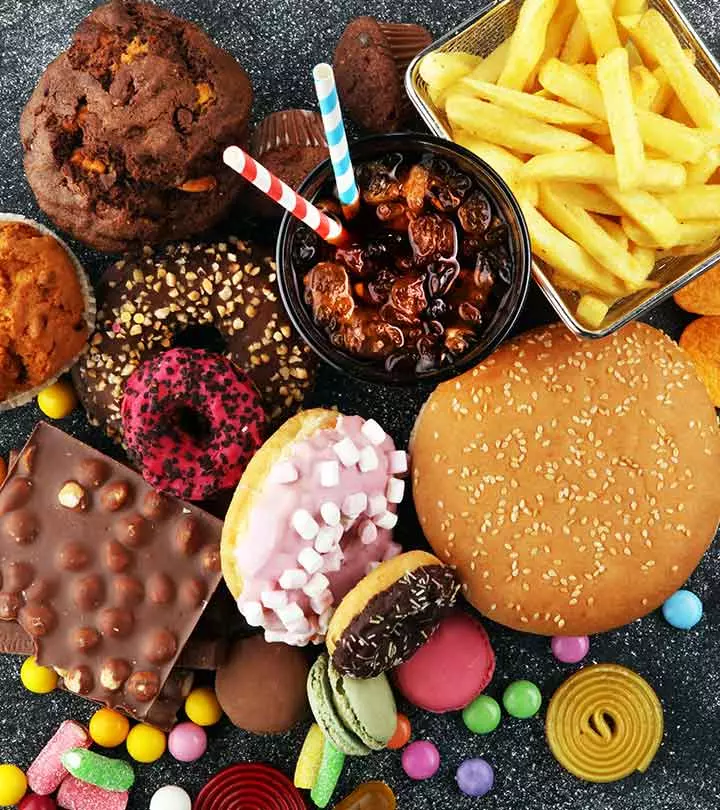
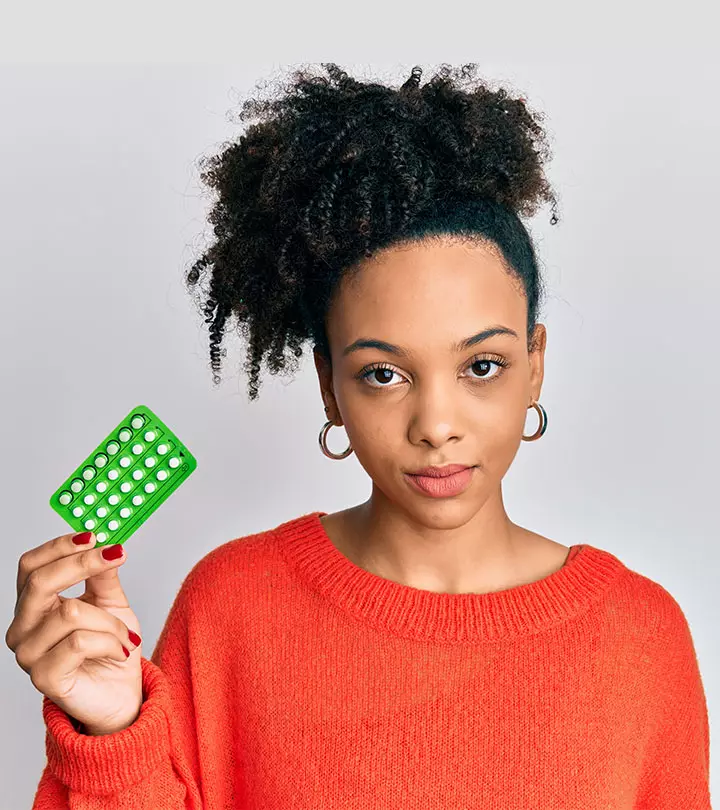
Community Experiences
Join the conversation and become a part of our empowering community! Share your stories, experiences, and insights to connect with other beauty, lifestyle, and health enthusiasts.